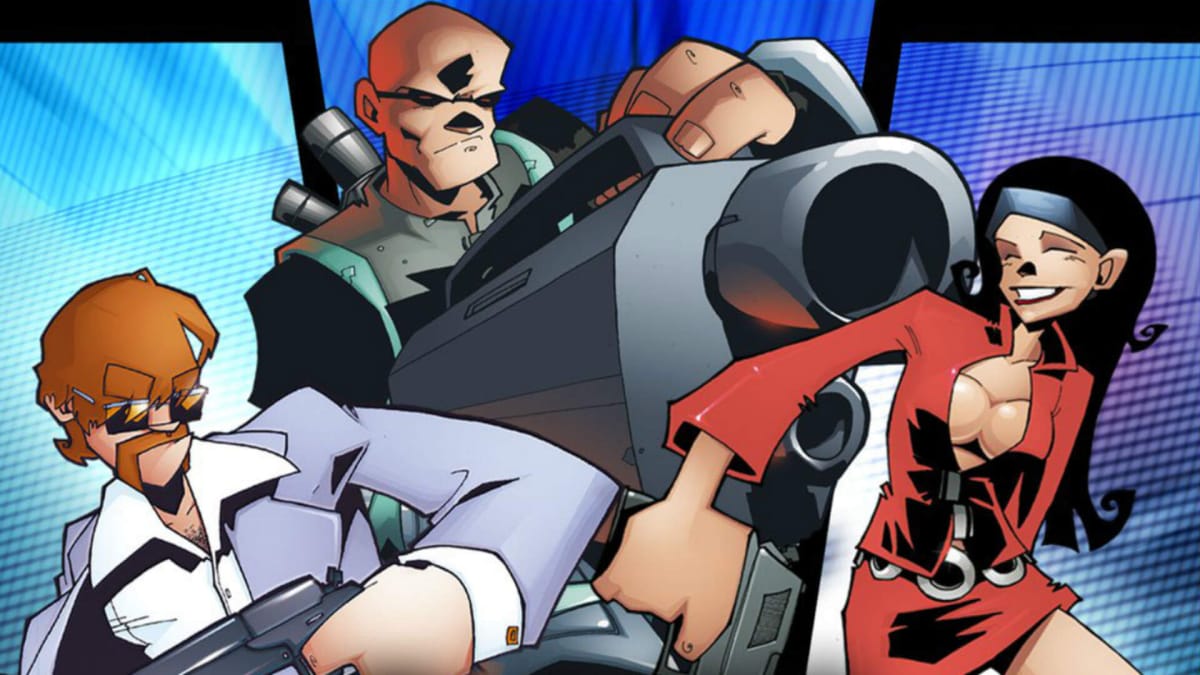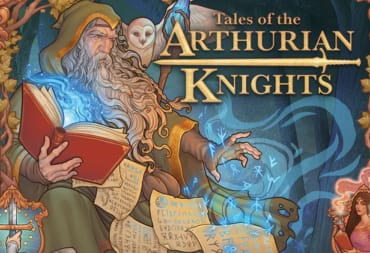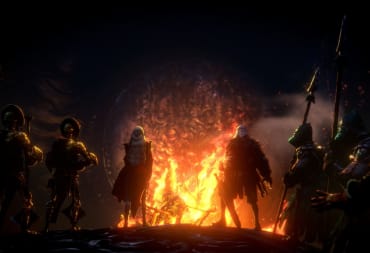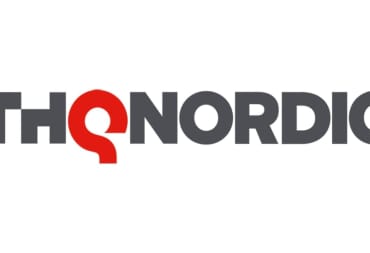In 1996, Quake was released on PC, permanently establishing Texan developer id Software as a powerhouse in the industry. It would be the third in a series of milestone releases fronted by the two John’s (Carmack & Romero), that began with Wolfenstein and DOOM. After Quake lit the world on fire, it saw 3D gaming reach an apex, with many future developers looking to them for guidance. It’s a similar stratospheric rise that Free Radical Design would take on the quickly advancing consoles, leading up to the high watermark that was 2002’s TimeSplitters 2.
This was the sophomore release from the UK-based Free Radical, and the sequel to the PS2 launch title. Debuting the first adventures of Sergeant Cortez, the game has you jumping in and out of timelines, trying to prevent a war waged in the present, which is being fought in the past to affect the future. These elements, their structure, and their design would be the results of a journey five years in the making, starting in 1997.
Before Free Radical, there was Rare and its flagship title, 1997’s GoldenEye for the Nintendo 64. Released during Rare’s now-legendary tenure with Nintendo, it was another shining example of Rare’s Midas touch when it came to tackling various genres, like Banjo Kazooie or Killer Instinct. GoldenEye would be its most fondly remembered release, even now, 25 years after launch, despite hindsight shedding unfavorable light on its technical capabilities and the release of a spiritual sequel in the form of 2000’s Perfect Dark.
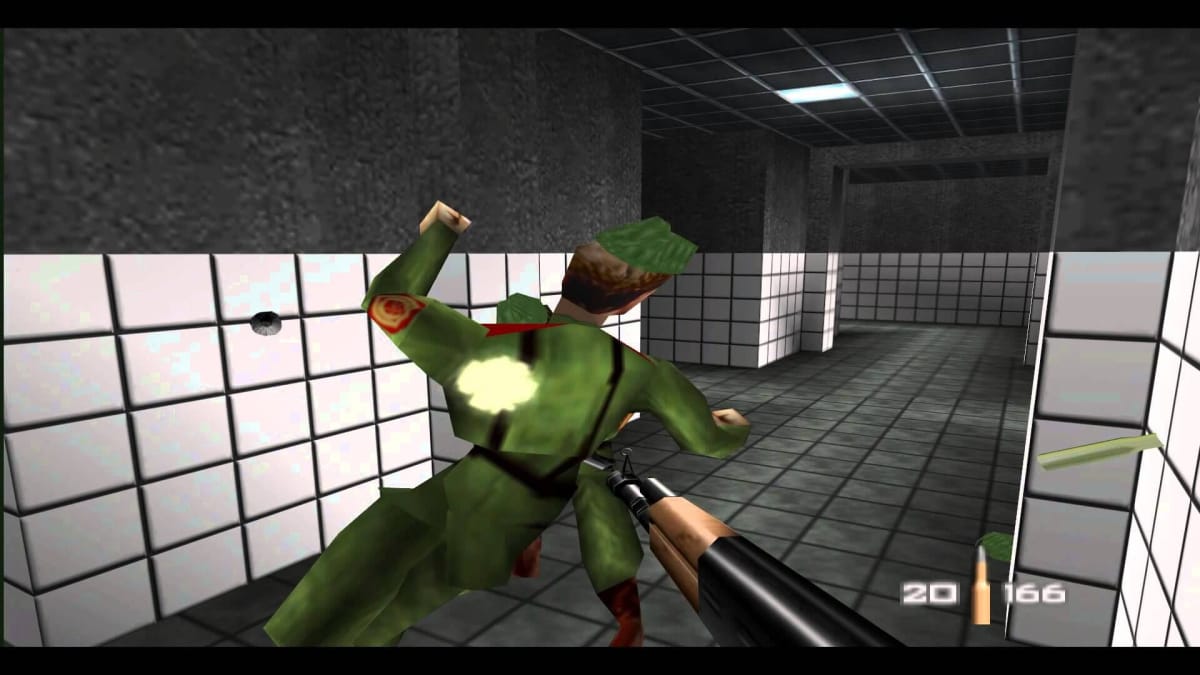
It would be during the development of Perfect Dark that several key members of Rare would leave, including David Doak and Steve Ellis. In 1999, they would form Free Radical Design and immediately strike up a deal with Sony to produce something for the upcoming PlayStation. With that, they’d expand upon the ideas that made GoldenEye one of the highest-selling Nintendo 64 games of all time, along with the possibility of consoles housing an FPS market.
Whereas titles like Half-Life and Deus Ex would focus more on a maturity aspect to the immersive qualities they offer, GoldenEye would build a base for console-centric shooters to thrive on an arcade-y format, with game feel and accessibility taking center stage to allow a true pick-up-and-play experience. Whether it was GoldenEye, Turok, or Perfect Dark, these games never possessed an element of hyper-realism that saw ulterior motives hide on the sidelines. Fantastical elements would always be there, whether it was impossible espionage, dinosaur hunting, or meeting aliens with the President.
It would be these same fantastical elements that would inspire the pastiche of aesthetics that would bloom in the TimeSplitters series. Conceived in 2000, it saw Free Radical bolster the blueprint that saw GoldenEye become the hit it was. What this would result in was a series that allowed for more flair, more variety, and a simple question posed to the player: “What if we made Perfect Dark, but you play as a glorified Dr. Who?”
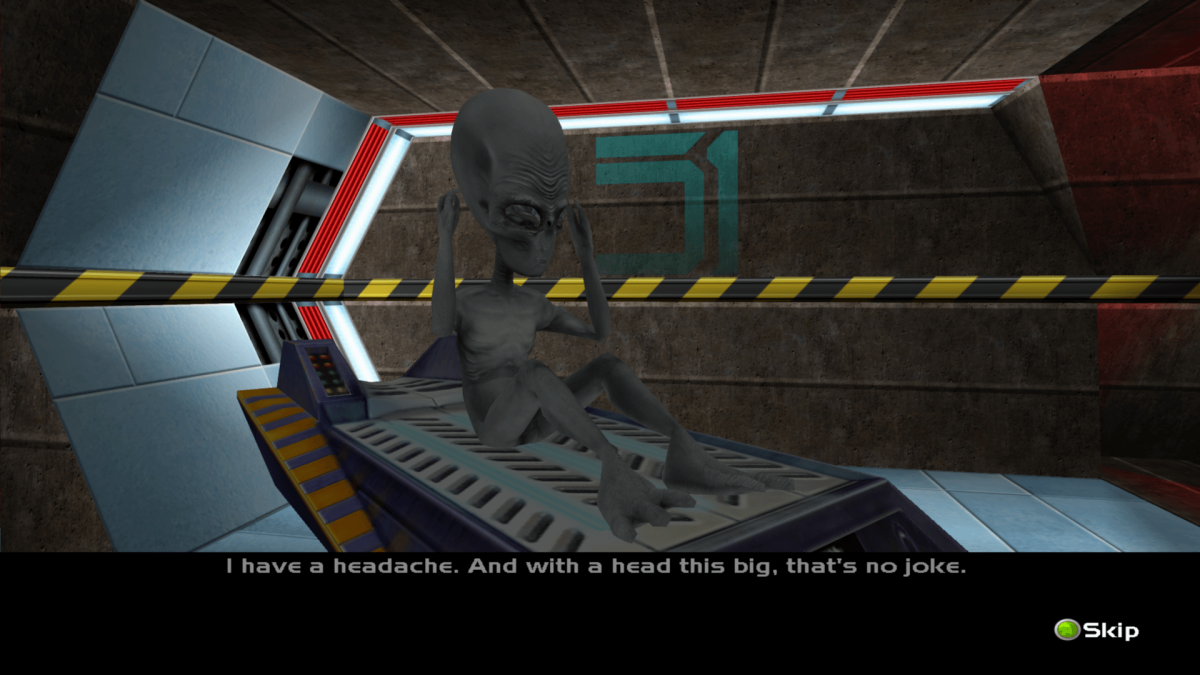
The first result of this was a rather disconnected affair that saw Free Radical stretched to its limits. Between the release of the PS2 launch title of TimeSplitters, they also had a deal with Eidos Interactive to establish another novel FPS, which would later become the third-person shooter Second Sight under Codemasters. Even with the expertise of lead programmer Steve Ellis, there were too many irons in the fire, and the end product didn’t live up to studio head David Doak’s expectations. That would change, however, with the release of TimeSplitters 2.
Doak has stated that TimeSplitters 2 was “... what [Free Radical Design] thought the first game should’ve been,” and it certainly shows. Just as id Software made a hop, skip, and a jump in technological advancements from Wolfenstein to Doom to Quake, Rare and Free Radical pushed the envelope mechanically. GoldenEye built a phenomenal groundwork, Perfect Dark opened up the idea of futurism while still retaining that '90s espionage style, and TimeSplitters 2 broke open the floodgates with endless possibilities.
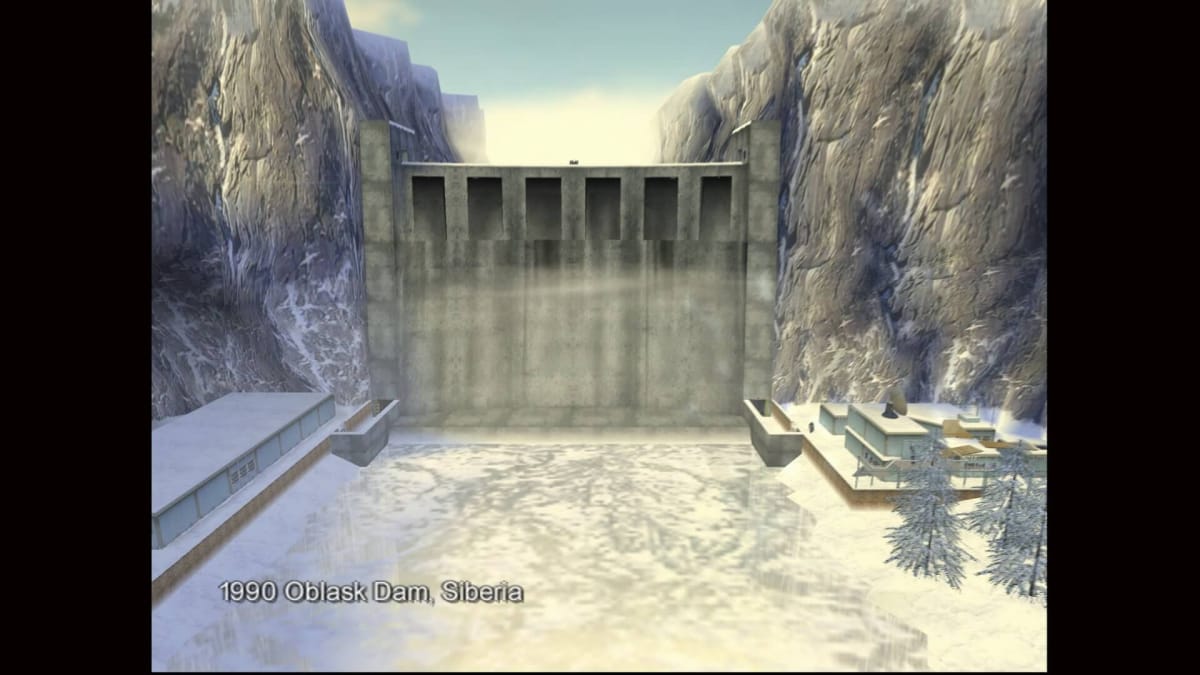
Time 2 Split From the Path
To see the importance of TimeSplitters 2, one only needs to look so far as the introduction level: Oblask Dam, a Soviet-controlled structure with underground facilities beneath it. You’re expecting James Bond to dive from the top of the Dam to carry on his mission, but instead, Ilsa Nadir is here to directly inject the unique flavors this game carries. There’s no vulgar super-weapon being built, but instead, a lethal organism that has had disastrous results when utilized for nefarious deeds.
Suddenly, you find yourself in a crossfire between hideous mutants, zombies, and a Russian garrison unit trying to control the outbreak, but that’s none of your concern. You’ve done your job, the Time Crystal is yours, and now you can move on to save the world on a larger scale than a failed science experiment. Now you’ve got to beat down the scummy underbelly of Chicago’s mafia outfit in slick noir tributes, saxophone soundtrack included.
The game keeps going in this continuously atmospheric drip-feed of genre-bending perfection, never paying lip service despite its brevity. The levels are expansive, giant playgrounds that exercise street warfare, claustrophobic catacombs, wild west shootouts, and a further tribute to James Bond, but in that Moonraker era. It never gets boring to see what time period Free Radical are ready to put a spin on, and discovering these miniature cultural touchstones is always invigorating.
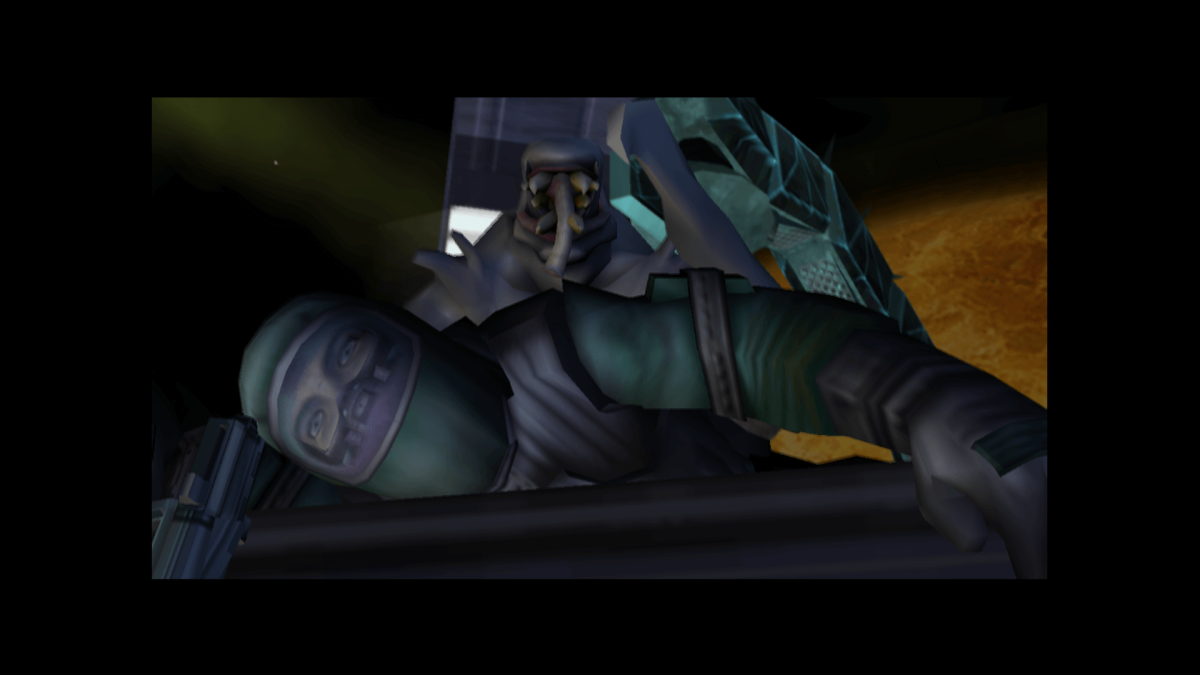
What’s important to note is that despite the inspirations being obvious once you first enter a level like NeoTokyo, it never feels like TimeSplitters 2 is biting off its predecessors. Sure, you can feel Blade Runner or Akira bleeding through the thick rain, but they’re never cheap copies, instead adding subtle touches of visual flair to distance themselves from their contemporaries. Even Oblask Dam, despite being a love letter to Free Radical’s past, is more synonymous with the name TimeSplitters as opposed to James Bond.
A large part of this is helped by Graeme Norgate’s soundtrack; a gargantuan score that saw every single-player and multiplayer map get its own magnum opus. From jazz to industrial, EDM to a gothic orchestra, this soundtrack has acquired its own cult status, and for good reason, with Norgate rising to the challenge when tackling so many potential genres so effortlessly, highlights being “Mexican Mission” and “Scrapyard.”
In any other light, in any other context, or at any other time, TimeSplitters 2’s ambitions might be seen as myopic, a testament to the fable of transplanting dreams into reality. A time-traveling epic that never loses focus or sight of its goals or challenges when emulating the periods involved, spanning over 400 dense years of history and myths. Is there a reason as to how it works? Of course there is, and it all comes down to personality.
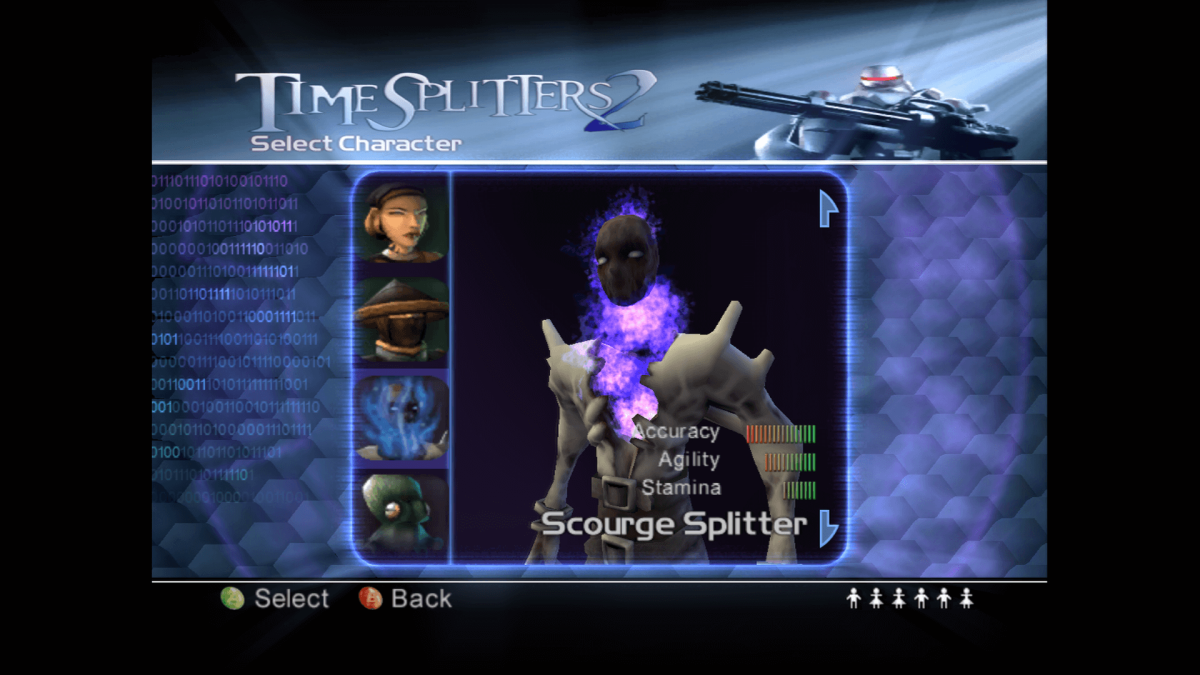
Outnumbered, but Never Outclassed
It’s another point of emulation for Free Radical, but it’s also a point of contention that releases in recent years that developers have had to tackle. Hero shooters, for example, have seen writers and developers play with stereotypes like cats tackling balls of yarn, traits regressing into tropes or vice versa. The Japanese cyber-mafia talking about honor and sacrifice, or D.Va being the world’s foremost authority on Starcraft 2 both become weary sighs as Tracer musters up the courage to order a Wigan kebab.
There are ways to circumnavigate these qualms, and others have in the past. Team Fortress 2 worked by focusing on pitch-perfect writing to carry the characters past their stereotypes, a great example being the Source FilmMaker classic “Expiration Date.” TimeSplitters 2 on the other hand, instead sees Free Radical building a world that can conceptualize these characters right there at that moment. Whether it’s because of the framing device or a combination of the previously mentioned elements, it serves to point towards TimeSplitters 2 as, ironically, ahead of its time.
It was also ahead of its time in terms of character design, with heavy shoulders and bottom-heavy proportions. Twenty years later, it now feels like a preview of what was to come with the cartoon-ized styles of games like Fortnite or Battleborn. TimeSplitters 2 came through with edge and flair, with 126 different characters to play as in single-player or multiplayer, with only a small chunk being something you could consider a “palette swap.” Hell, there’s even a call-back to the cheap tactics utilized in GoldenEye split-screen multiplayer with the Monkeys, who are now a trademark part of the series.
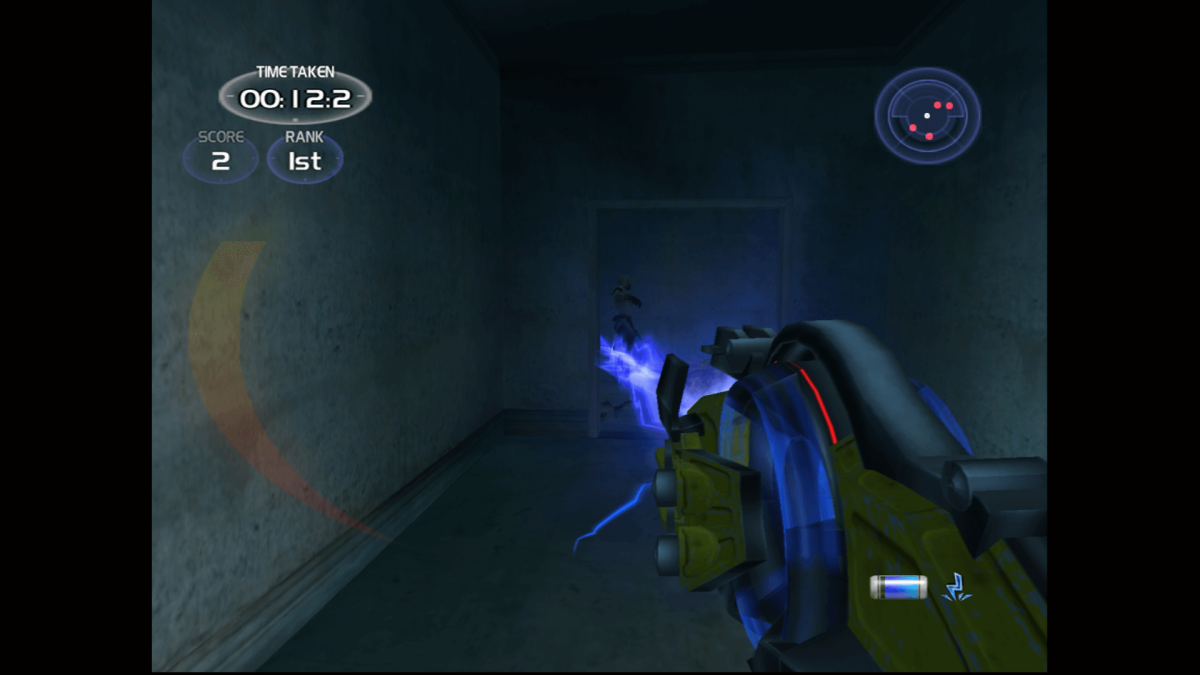
The unique biographies attached to each character are a cherry on top of everything else. In less than 100 words, a small cutscene and a funny outfit, TimeSplitters 2 adds more personality and characterization to its arsenal of characters without the need to compound or justify adding complicated backstories. It knows it's a showcase and knows the player will find a favorite without stilted representation, whether it’s Viola, Handyman, Cyberfairy, or Braces.
It’s a path of thinking that saw TimeSplitters be thrown to the wayside due to the gaming climate at the time. While TimeSplitters 2 would be the most well-received, the series wouldn’t see that type of critical acclaim again. The 2005 sequel TimeSplitters: Future Perfect was a bigger, bolder statement hosting more characters and more robust locales, but it found itself sandwiched between a new generational line of game design, and more importantly, 2006’s BLACK.
Both BLACK and Future Perfect were published by EA Games, and it would be the former that would be given the spotlight. Developed by Criterion Games, it would be a sign of things to come: big military budgets allowing for a state-of-the-art arsenal, destructible elements that would see concrete turn to dust, and a journey across the world to take down terrorist organizations for the good guys. Stop me if you’ve heard this one before.
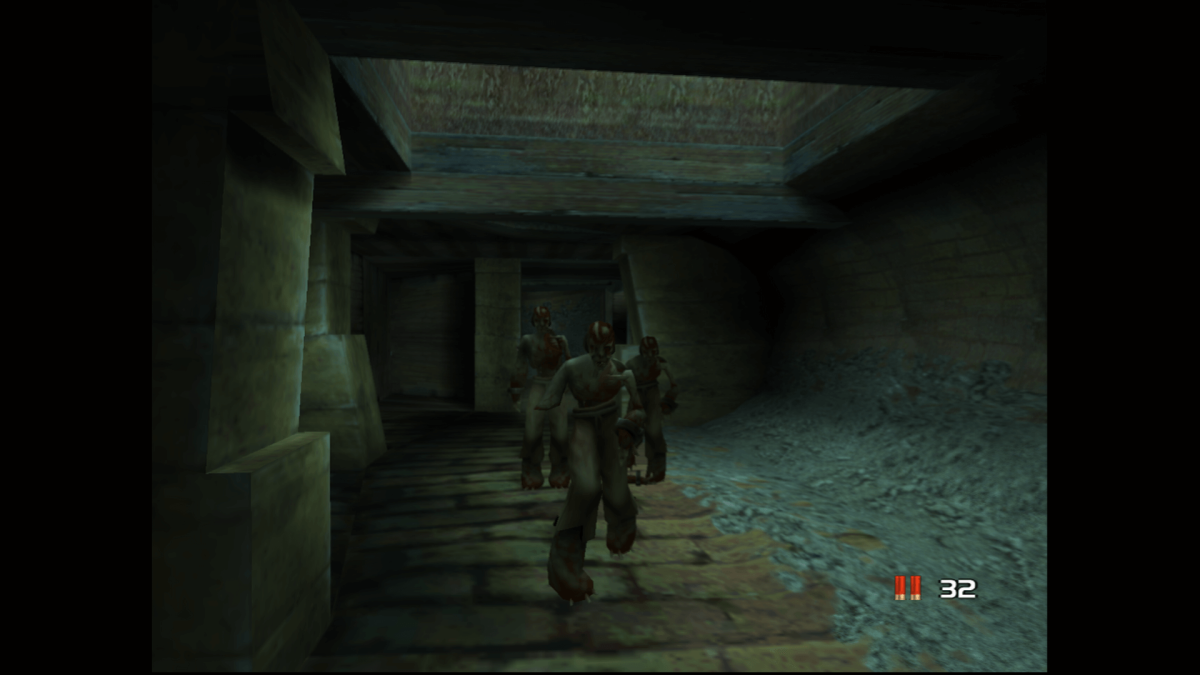
It was a glimpse into a future that Free Radical didn’t know how to acclimate to, even in its own unique flavors. The now-infamous PS3 exclusive Haze was a misstep that saw its game design be considered obsolete, or at the very least, poorly implemented, no matter how many Korn music videos are made to promote it. From there, the studio stumbled, before they were bought out by Crytek and renamed Crytek UK. With that re-branding, the future of TimeSplitters was, for a while, met with confusing uncertainty.
TimeSplitters 4 was going to be a thing. Not only that, but TimeSplitters 2’s importance was going to be recognized with an HD collection in the late 2000s. Thankfully, the latter would eventually be available in an easter egg for Homefront: The Revolution, and in 4k resolution. As for the future of TimeSplitters, for a time, progress was hampered by the middling reception of Haze. Publishers and shareholders were left uncertain of the potential that Free Radical’s flagship series had. To them, they believed TimeSplitters had no place to thrive among the rise of more realistic, ultra-violent shooters. If only they knew what the future held.
In 1997, GoldenEye was released on Nintendo 64 and proved that console FPS titles could hang with the big boys, not through technological breakthroughs but by focusing on accessibility. In 2000, Perfect Dark was an upgrade in the formula, providing futuristic elements and a short glimpse into the future of what this certain brand of gameplay could offer. In 2002, TimeSplitters 2 proved that, even now, it has the chops, the staying power, and the legacy to live on vigorously, even 20 years after the fact.
With Free Radical Design reformed, a new TimeSplitters game is in development with David Doak and Steve Ellis back at the helm. Not only that, but TimeSplitters Rewind, the fan-made recreation of the current TimeSplitters trilogy is also trucking along steadily, with the last update in December 2021 stating that the game was entering a “second round of QA testing.” Both of these only fasten in the importance that TimeSplitters has, or should have, in the grand scheme of things.
Have a tip, or want to point out something we missed? Leave a Comment or e-mail us at tips@techraptor.net
